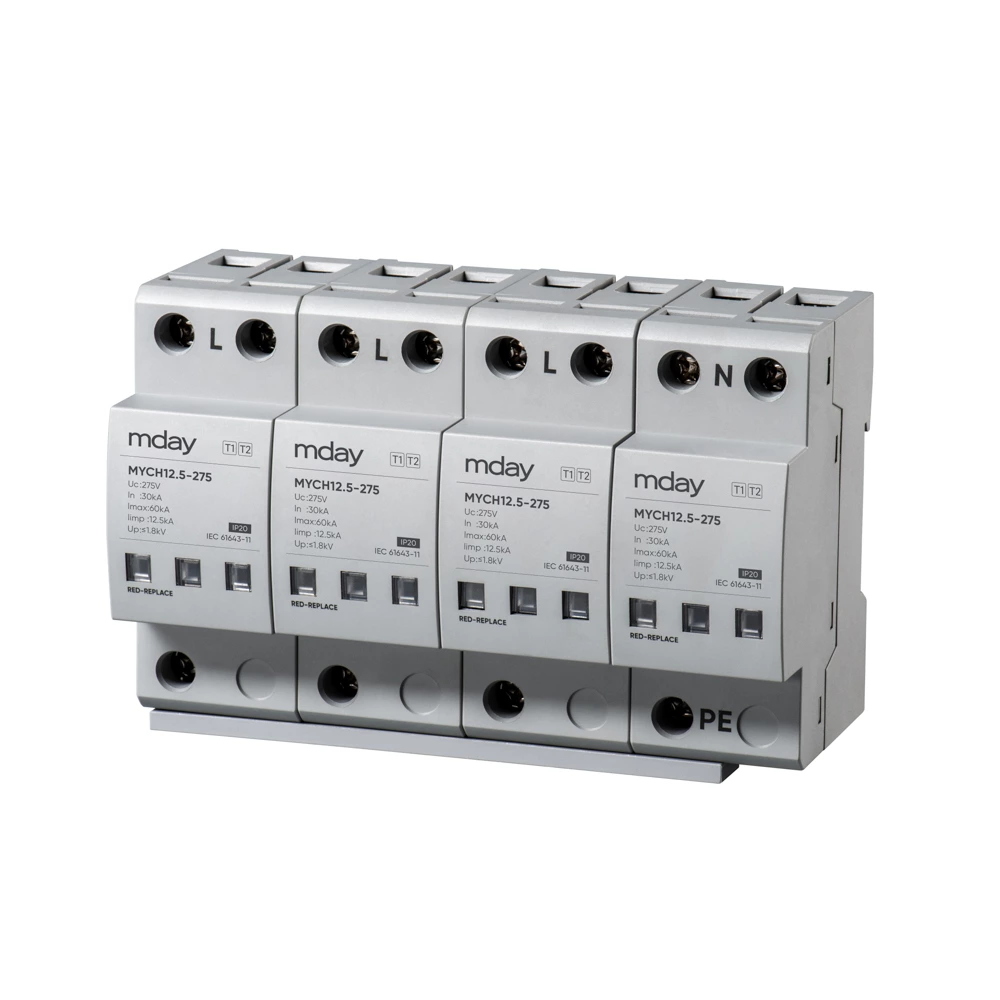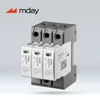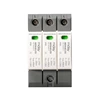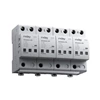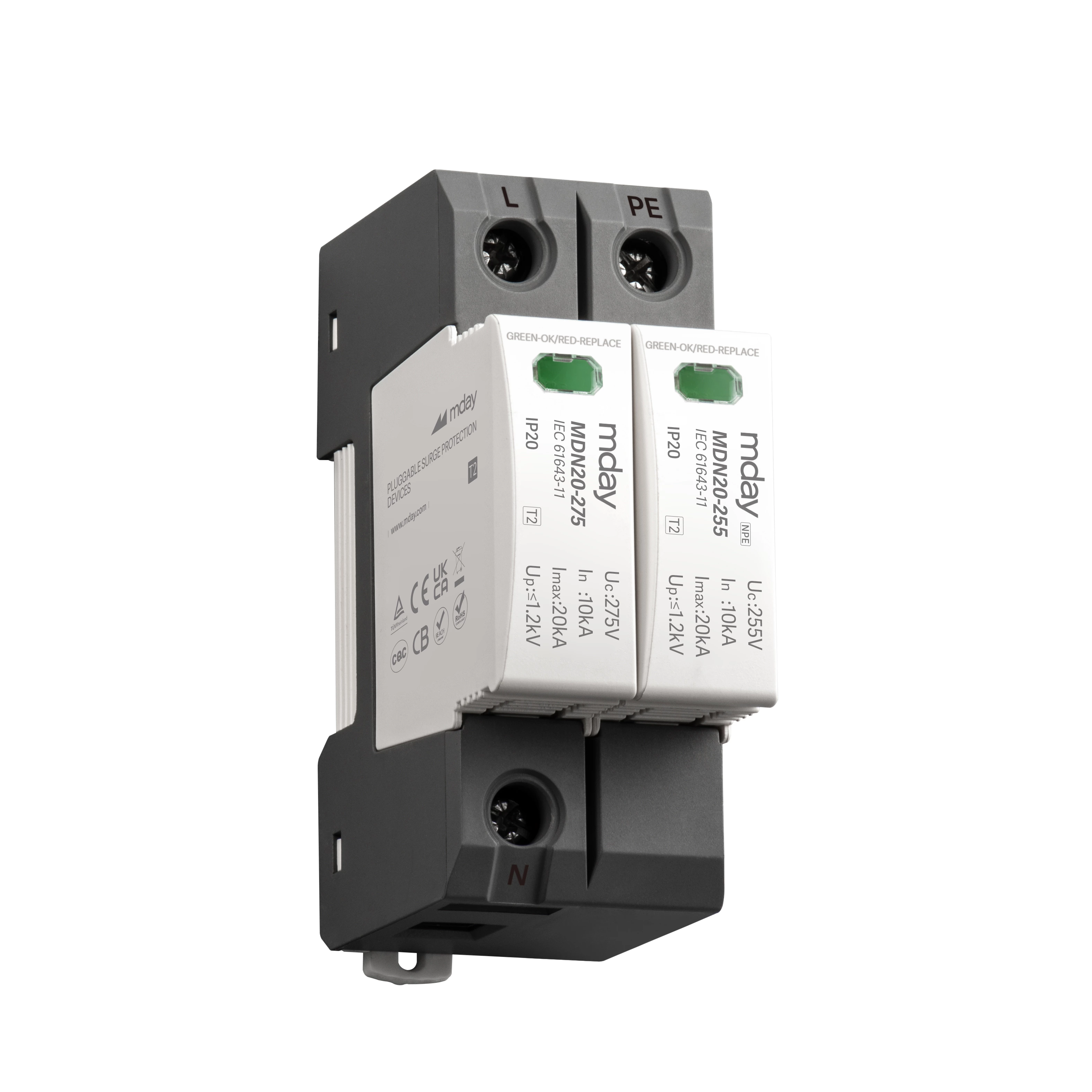What Is The Impact Of The Surge Protector's Follow-up Current On The Line?
When we choose a surge protector, we often see a word---following current. Then many readers will ask: What exactly is this follow-up current and how is it generated? What impact does the follow-up current of the surge protector have on the line? Today, the editor will take you to have a deep understanding of what follow-up current is and understand the impact it causes.
What impact does the follow-up current of the surge protective device have on the line? Surge protectors are divided into switch type, voltage limiting type, and more advanced composite surge protectors. Among them, the switch type surge protector has a discharge gap. After the overvoltage passes, because the gap has poor arc extinguishing ability, it will still form a power frequency arc due to the flow of power frequency current (ie normal current). This current visible to the naked eye is the follow-up current.
After understanding what the follow-up current is, let's understand what impact the follow-up current in the surge protection device will have. The first is the impact of the follow-up current on the surge protector. The follow-up current exists in the form of current exposed to the air, so it has a greater safety hazard. Especially in wind power lightning protection at the seaside, the continuous current is exposed to humid air, which will cause the surge protector to catch fire and cause significant economic losses. Therefore, according to GB/T 51308-2019, offshore wind power should not use open air gap products.
What is the impact of the continuous current of the surge protector on the line? In addition to the impact on the surge protector, the continuous current will also have a great impact on the power line. Once a certain amount of continuous current is generated, the relay protection circuit breaker in the line will work, disconnect the circuit and cause the entire line to be powered off. In severe cases, it will affect the normal operation of the power line and cause economic and property losses.
